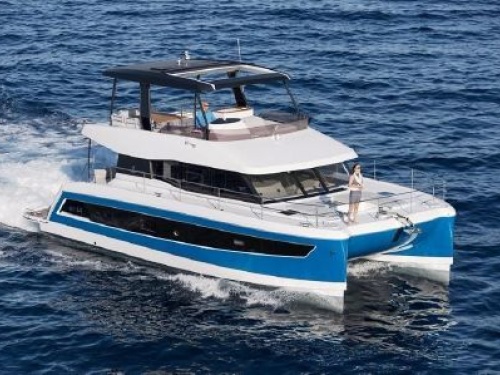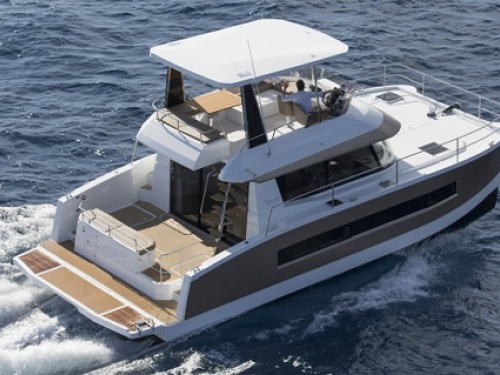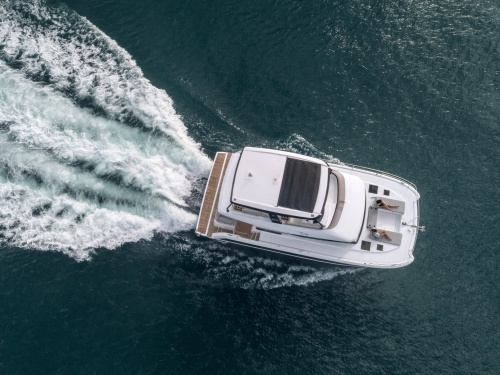Access More Boat Tests
Already have an account? Login
By submitting this form, you acknowledge that you have read and agree with the Privacy Policy & Terms of Use of BoatTEST.com.
Fountaine Pajot MY4.S (2022-)
2 x 250-hp Yanmar 4LV
Brief Summary
The Fountaine Pajot MY4.S is a boat specifically designed for a cruising couple that wants to cruise in the 20-knot realm. With her low bridge clearance of 12.4’ (3.78 m), she’s ideal for the canals of Europe and certainly the North American Great Loop.
Fountaine Pajot is having an exclusive showcasing of their entire Motor Yacht range in La Rochelle, France: May 12-14, 2022. Attendees can sign up for private sea trials and a special tour of their La Rochelle shipyard. For more information, click here...


